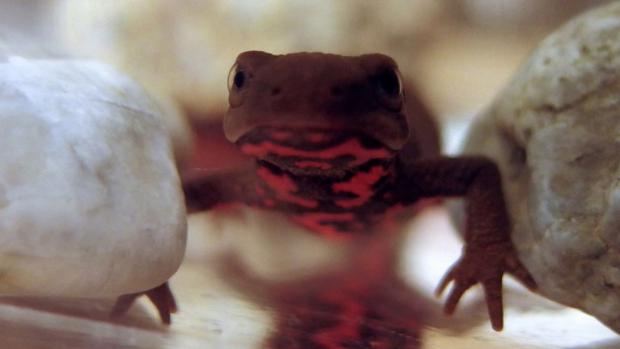
Breaking News
 Charlie Kirk Murder Suspect Makes First Courtroom Appearance
Charlie Kirk Murder Suspect Makes First Courtroom Appearance
 Social Justice Gone Wild: Oklahoma BLM Leader Indicted On Fraud, Money Laundering Charges
Social Justice Gone Wild: Oklahoma BLM Leader Indicted On Fraud, Money Laundering Charges
 Six men are making AI decisions for 8 billion people
Six men are making AI decisions for 8 billion people
Top Tech News
 Build a Greenhouse HEATER that Lasts 10-15 DAYS!
Build a Greenhouse HEATER that Lasts 10-15 DAYS!
 Look at the genius idea he came up with using this tank that nobody wanted
Look at the genius idea he came up with using this tank that nobody wanted
 Latest Comet 3I Atlas Anomolies Like the Impossible 600,000 Mile Long Sunward Tail
Latest Comet 3I Atlas Anomolies Like the Impossible 600,000 Mile Long Sunward Tail
 Tesla Just Opened Its Biggest Supercharger Station Ever--And It's Powered By Solar And Batteries
Tesla Just Opened Its Biggest Supercharger Station Ever--And It's Powered By Solar And Batteries
 Your body already knows how to regrow limbs. We just haven't figured out how to turn it on yet.
Your body already knows how to regrow limbs. We just haven't figured out how to turn it on yet.
 We've wiretapped the gut-brain hotline to decode signals driving disease
We've wiretapped the gut-brain hotline to decode signals driving disease
 3D-printable concrete alternative hardens in three days, not four weeks
3D-printable concrete alternative hardens in three days, not four weeks
 Could satellite-beaming planes and airships make SpaceX's Starlink obsolete?
Could satellite-beaming planes and airships make SpaceX's Starlink obsolete?
Scientists decode newts' ability to regenerate limbs

For the first time, scientists have pinpointed the mechanism used by the amphibian to regrow missing body parts, a development they say will offer clues to muscle regeneration in mammals.
A team of scientists from the University of Tsukuba, Japan, and the University of Dayton, Ohio, set out to investigate the role of two types of cells believed to play a key role in a newt's muscle regeneration: skeletal muscle fiber cells (SMFCs) and muscle stem/progenitor cells (MPCs). MPCs are dormant cells that live in the muscle fiber and can be recruited to multiply into specialized muscle cells.
The researchers added a gene to Japanese fire bellied newt embryos that was linked to a red fluorescent protein and known to be active in SMFCs, allowing them to track its activity throughout the muscle regeneration process. MPC activity was assessed through tissue sample collection and cell-specific staining.

 Defend yourself like a pro
Defend yourself like a pro First totally synthetic human brain model has been realized
First totally synthetic human brain model has been realized Mach-23 potato gun to shoot satellites into space
Mach-23 potato gun to shoot satellites into space

